12 of the most bizarre creations of nature that will amaze even the most seasoned traveler (13 photos)
Our planet is a vast project, in continuous development for billions of years. 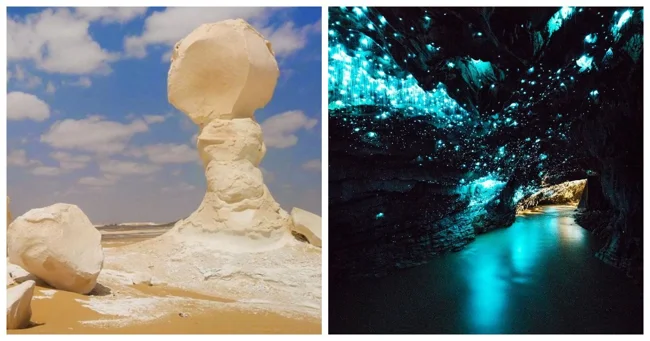
Wind and water, pressure and gravity, and many other forces tirelessly shape its landscapes, sometimes creating truly surreal views. How about a Canadian lake covered in whimsical peas, or a pink-red pond in West Africa? Get ready for a journey through the most unusual and captivating corners of our planet.
1. Ice Towers of Mount Erebus, Antarctica 
Mount Erebus is the southernmost active, fire-breathing mountain on the planet. Due to the extreme cold, volcanic gases escaping to the surface solidify as they pass through caves and crevices. Some of these gases form gigantic ice chimneys, reaching heights of over 18 meters and resembling fantastical ice chimneys.
2. Lake Retba, Senegal 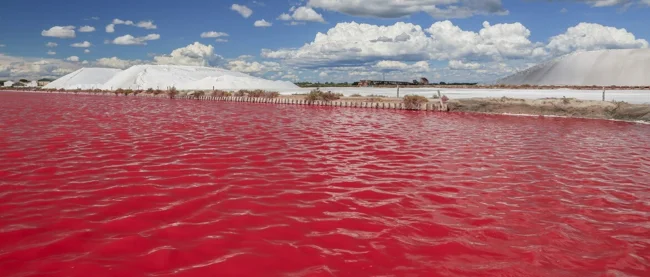
Senegal's Lake Retba owes its unusual pink-coral color to a special species of microalgae, Dunaliella Salina. The lake's extremely high salinity creates ideal conditions for these microorganisms, and thanks to the water's density, swimmers can bask on its surface, as if in the Dead Sea.
3. White Desert, Egypt 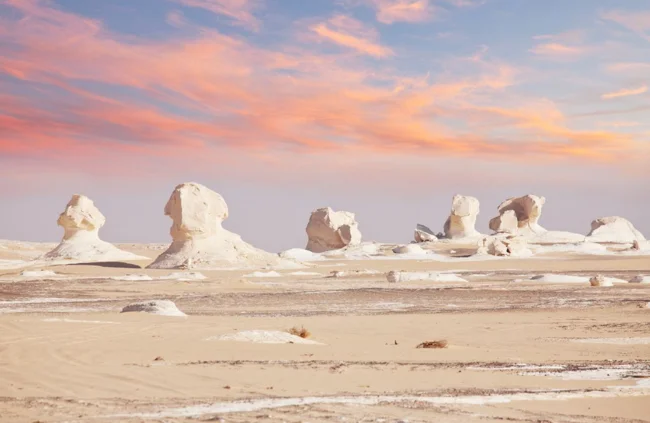
In the heart of Egypt, amid the endless sands of the Sahara, lies the White Desert – a place where wind and time have carved a bizarre stone forest from the chalk cliffs. Here, dazzling white pillars, mushrooms, and towers appear like a mirage, contrasting with the golden dunes. These ancient cliffs, once the ocean floor, preserve within their layers the memory of prehistoric eras.
4. Asbyrgi Canyon, Iceland 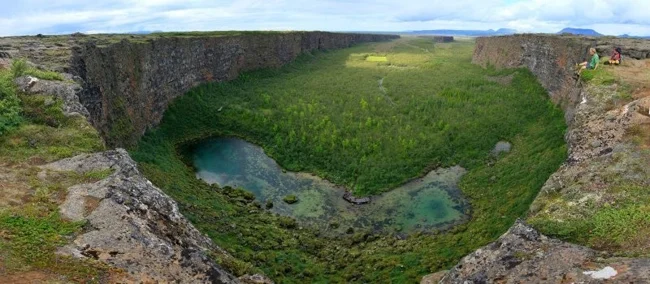
According to ancient saga, this enormous canyon was formed by the hoof of the eight-legged horse of the Norse god Odin. A much more prosaic scientific explanation: a gigantic horseshoe, three kilometers long and a kilometer wide, was carved by catastrophic glacial floods thousands of years ago. Rock walls as tall as a thirty-story building frame this natural amphitheater, where the silence is broken only by the whisper of the Arctic wind.
5. Chocolate Hills, Philippines 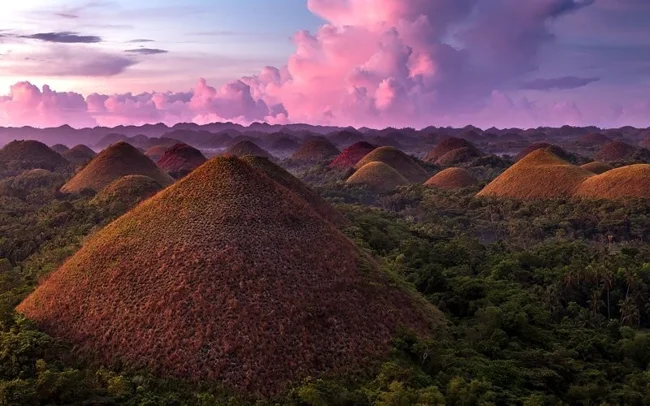
The Philippine island of Bohol is dotted with approximately two thousand hills, almost perfectly conical in shape, rising to heights of up to one hundred and twenty meters like giant truffles. These grass-covered limestone formations change their color from emerald green to chocolate brown during the dry season. It is then that they truly live up to their sweet name, transforming the landscape into a fantastical scene.
6. Waitomo Glowworm Caves, New Zealand 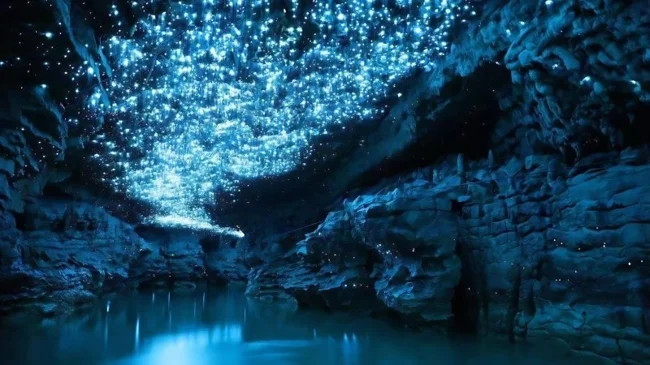
In the heart of New Zealand's Waitomo Caves live unique glowworms, whose bioluminescent glow transforms the underground world. Slowly floating on a boat along the underground river, you can find yourself beneath a surreal sky. Thousands of twinkling dots, like living turquoise stars, dot the cave's ceiling, creating the illusion of outer space. It's a spectacle where nature unleashes its purest magic.
7. Cave of Crystals, Mexico 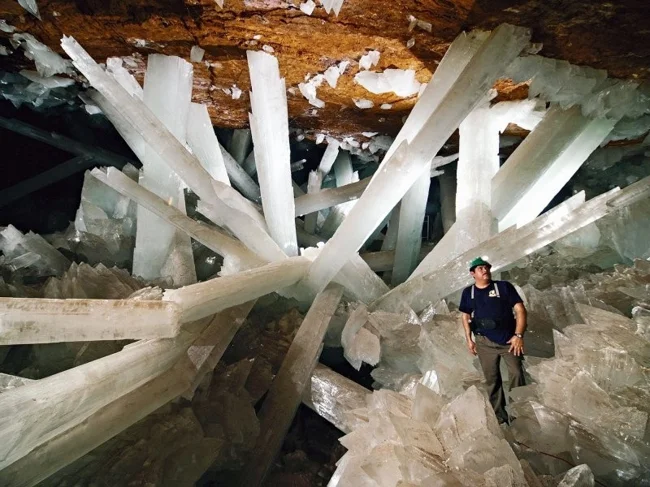
Deep in the Naica mines, where silver and lead are mined, lies a fantastic discovery of the 21st century: the Cave of Crystals. Gypsum beams, intertwined in a bizarre dance, form selenite monoliths a meter thick and as long as a fifteen-story building. Discovered in 2000, this underground kingdom greets unprepared explorers with hellish heat of up to 65 degrees Celsius and nearly 100% humidity, creating conditions where a few minutes without protective gear can be fatal.
8. Silfra Fissure, Iceland 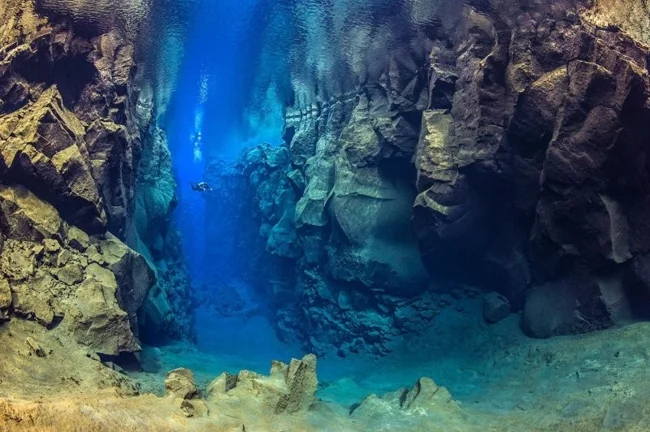
In the heart of Iceland's Thingvellir National Park lies a unique natural phenomenon—the Silfra Fissure—where you can literally swim between two continents. This gigantic crack separates the North American and Eurasian tectonic plates, which continue to slowly move apart. The crystal-clear water, fed by melting glacial ice filtered through underground rock for centuries, provides visibility of up to three hundred meters. It may even be the clearest water on the planet.
9. Moeraki Boulders, New Zealand 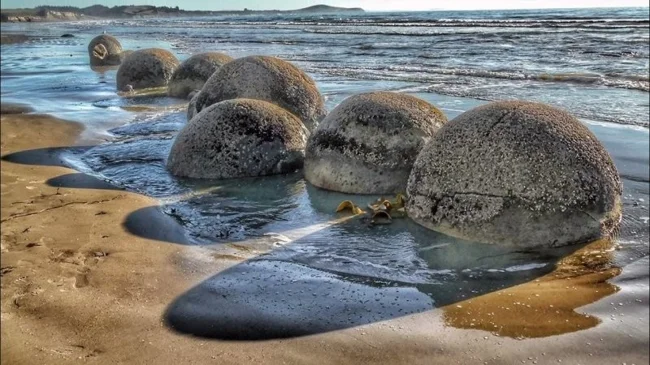
Mysterious stone spheres, seemingly left by ancient giants, lie frozen on the east coast of New Zealand. These perfectly round boulders, up to three meters in diameter, are actually the result of geological processes. Over 50 million years ago, these concretions of compressed sedimentary rock began to form underground. Millennia of coastal erosion gradually freed them from their sandy confines, revealing this enigmatic sight to the world.
10. Kliluk Spotted Lake, British Columbia, Canada 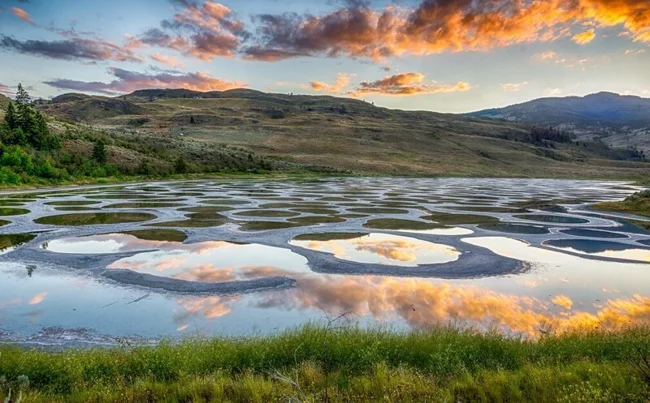
Every summer, this unique lake is transformed, revealing a whimsical pea-like pattern. Evaporating water reveals bizarre crater-like spots saturated with salts, minerals, and sulfates. Each spot, colored in shades of green, yellow, and brown, has a unique mineral composition. For the First Nations of the Okanagan Valley, this lake remains a sacred place where natural geochemistry and cultural heritage have intertwined for centuries.
11. Socotra Archipelago, Yemen 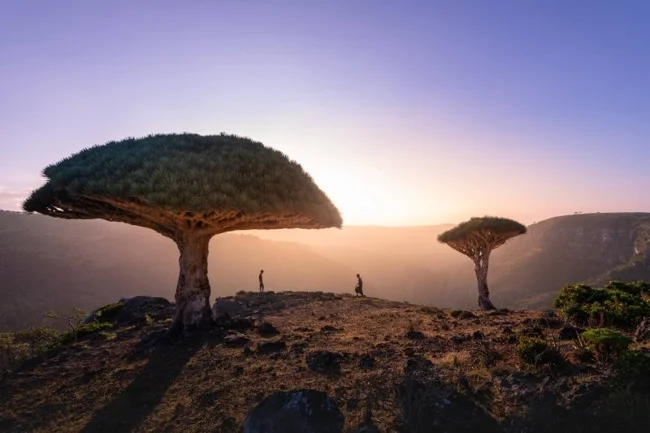
Millions of years of near-total isolation have turned the Socotra Archipelago into a natural laboratory of evolution, giving rise to fantastic life forms. Trees oozing blood-red sap and bottle trees grow here, as if imported from another planet. This unique reserve is home to 180 species of birds and 700 species of plants and animals found nowhere else on Earth.
12. The Eye of the Sahara (Richat Structure, Galb Er-Richat), Mauritania 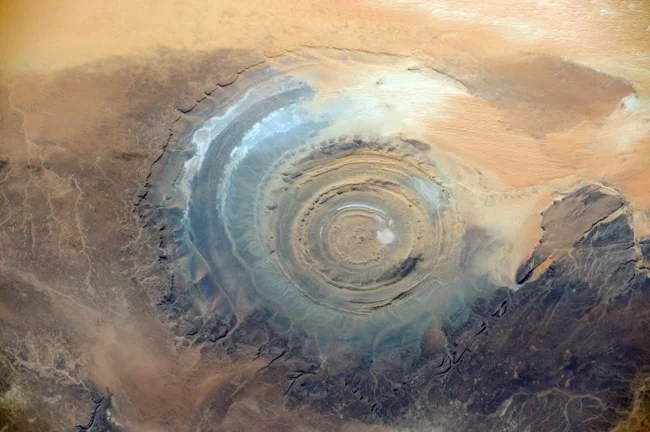
Amid the lifeless expanses of the Mauritanian desert lies one of the most enigmatic geological formations on Earth—the Richat Structure, better known as the Eye of the Sahara. This gigantic forty-kilometer-wide crater, reminiscent of a bull's-eye or a genie's painted sand palace, was formed by centuries of wind. Gradually eroding layers of sedimentary rock, quartzite, and other geological formations, the wind created concentric circles that can today only be seen in all their majestic fullness from space.























